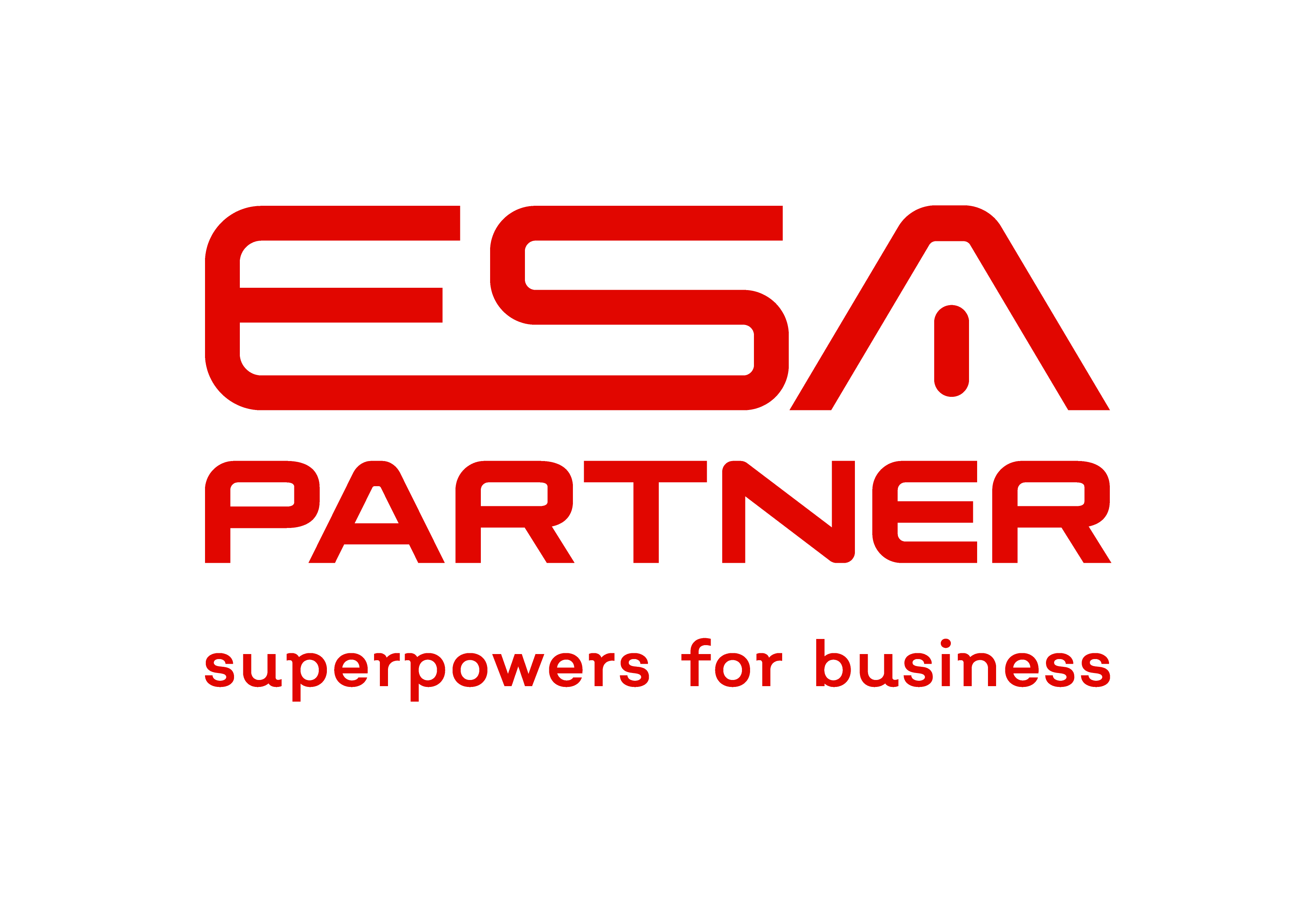Essential steps to moving your business to the cloud
1. Planning your migration
Establish what your cloud requirements will be. This step is important as it will be the basis from which you choose the service you go with based on both the product and pricing. Things to consider are CPU usage, memory usage, storage requirements, concurrent users, backup requirements etc.
2. Choose a trusted vendor
Before even starting your move, it’s important to plan what vendor and platforms you will be using. It is important to buy from a vendor that you can trust. This trust can be established through the references of other clients who have used the same or similar services to the one you desire to use.
3. Manage every step of the process
It is important that the migration is seen as more than just flipping a switch and that all the correct measures have been taken to ensure a smooth transition. It will be a requirement for your business to have the right skills on board with IT specialists and Software specialists that can assist to make sure all your hardware and software requirements are adequately catered for in the cloud. Most SME’s can find this expertise in their outsourced IT support company.
4. Plan for the worst-case scenario
It’s possible that things can go wrong and it’s important to consider this before starting the process by ensuring the relevant backups are made, gauging whether the cloud applications you are moving to will meet all (and not only some) of your business needs and ensuring you have taken the steps to cater for all points of failure and the weakest link – security.
Once you’ve taken into account your specification requirements, which vendor you will be choosing, what applications you are moving to the cloud and put the right measures in place to reduce risks, you are ready to start the migration process. Once all this have been prepped for, the actual migration will be reasonably simple.
